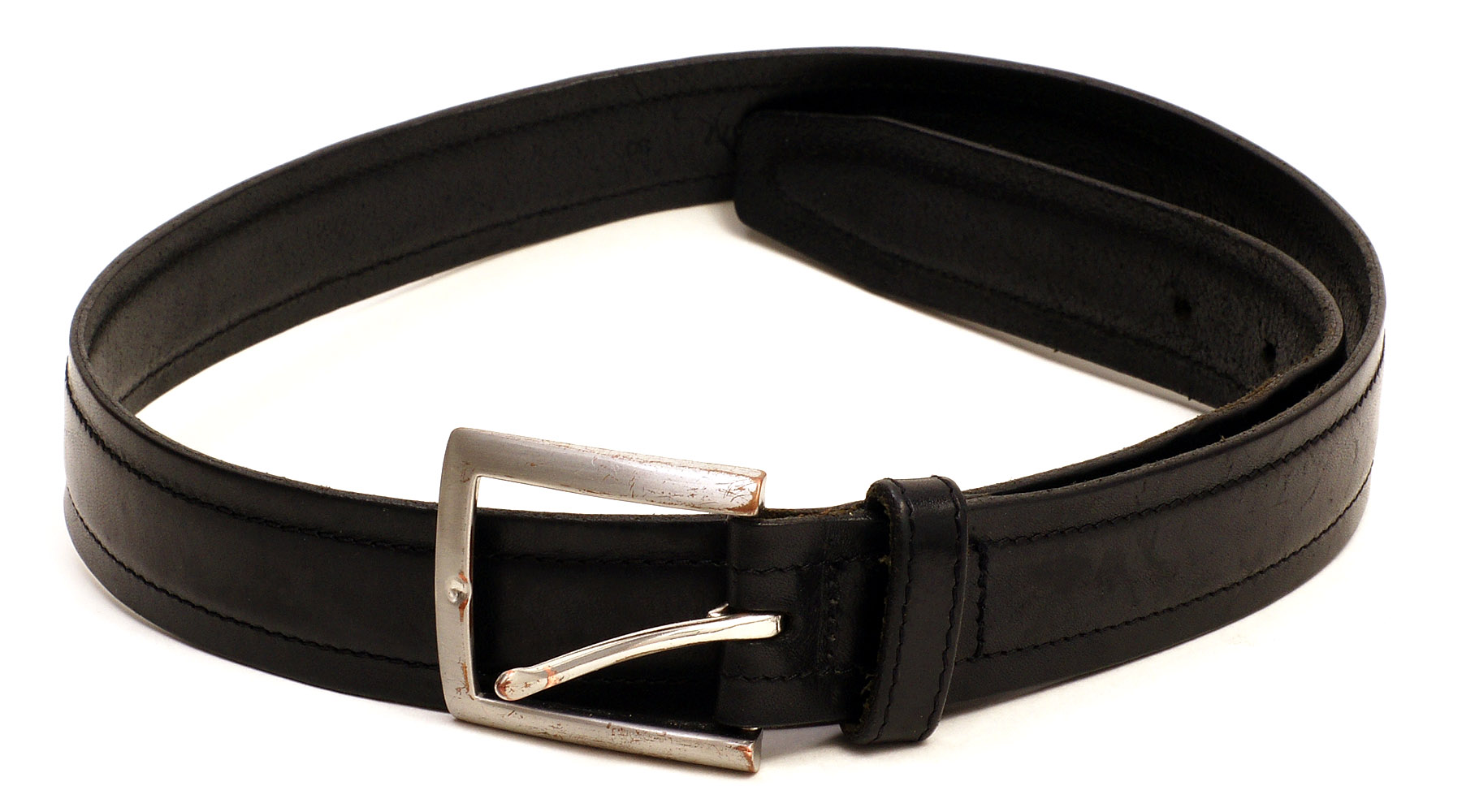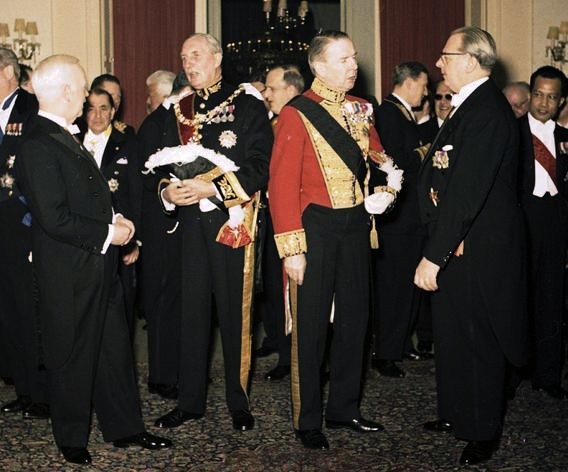|
Trousers
Trousers (British English), slacks, or pants are an item of clothing worn from the waist to anywhere between the knees and the ankles, covering both legs separately (rather than with cloth extending across both legs as in robes, skirts, and dresses). In the United Kingdom, the word ''pants'' generally means underwear and not trousers. Shorts are similar to trousers, but with legs that come down only to around the area of the knee, higher or lower depending on the style of the garment. To distinguish them from shorts, trousers may be called "long trousers" in certain contexts such as school uniform, where tailored shorts may be called "short trousers" in the UK. The oldest known trousers, dating to the period between the thirteenth and the tenth centuries BC, were found at the Yanghai cemetery in Turpan, Sinkiang ( Tocharia), in present-day western China. Made of wool, the trousers had straight legs and wide crotches and were likely made for horseback riding. In most of Europe, ... [...More Info...] [...Related Items...] OR: [Wikipedia] [Google] [Baidu] |
Formal Trousers
Formal trousers, also known as formal striped trousers or colloquially ''spongebag trousers'', are grey striped or patterned formal trousers for day attire in traditional Western dress code, primarily associated with formal morning dress or secondly its semi-formal equivalent black lounge suit. Traditionally made from heavy wool ranging from worsted, melton to partial twill weave, the pattern is most often of a muted design in stripes of black, silver, white and charcoal grey in various combinations (not to be confused with pinstripe or chalkstripe, which are formed of single thin lines spaced equally apart). In addition, formal trousers may also come in check patterns, such as houndstooth check, or plaids, although these variants are widely considered as not the most formal. Typically, formal trousers are intended to be worn with braces with a fishtail back covered by a waistcoat, and have pleats for correct ironing result and comfort. Likewise, for traditional reasons of ... [...More Info...] [...Related Items...] OR: [Wikipedia] [Google] [Baidu] |
Shorts
Shorts are a garment worn over the human pelvis, pelvic area, circling the waist and splitting to cover the upper part of the legs, sometimes extending down to the knees but not covering the entire length of the leg. They are called "shorts" because they are a shortened version of trousers, which cover the entire leg, but not the foot. Shorts are typically worn in warm weather or in an environment where comfort and airflow are more important than the protection of the legs. There are a variety of shorts, ranging from knee-length short trousers that can in some situations be worn as formal clothes to beachwear and athletic shorts. Some types of shorts are typically worn by women, such as culottes, which are a divided skirt resembling a pair of loose-cut shorts. Terminological differences The British English term, ''short trousers'', is used, only for shorts that are a short version of ordinary trousers (i.e., ''pants'' or ''slacks'' in American English). For example: tailored ... [...More Info...] [...Related Items...] OR: [Wikipedia] [Google] [Baidu] |
Morning Dress
Morning dress, also known as formal day dress, is the Formal attire, formal Western dress code for day attire, consisting chiefly of, for men, a morning coat, waistcoat, and formal trousers, and an appropriate gown for women. Men may also wear a popular variant where all parts (morning coat, waistcoat and trousers) are the same colour and material, often grey and usually called "morning suit" or "morning grey" to distinguish it; considered properly appropriate only to festive functions such as summer weddings and horse races, which consequently makes it slightly less formal. The correct hat would be a formal top hat, or if on less spacious audience settings optionally a collapsible equivalent opera hat. Debrett's states that morning dress should not be specified as the dress code for events starting after 6 p.m. If a formal event will commence at or after 6 p.m., white tie should be specified instead. The semi-formal daytime counterpart of this code is the black lounge ... [...More Info...] [...Related Items...] OR: [Wikipedia] [Google] [Baidu] |
Suspenders
Suspenders (American English, Canadian English), or braces (British English, Australian English) are fabric or leather straps worn over the shoulders to hold up skirts or trousers. The straps may be elasticated, either entirely or only at attachment ends, and most straps are of woven cloth forming an X or Y shape at the back. Suspenders are typically attached to skirts and trousers with clips or buttons using leather tabs at the ends. In British English, a suspender belt, or suspenders for short, is a garment used to hold up stockings. This is called a garter belt in American English. History There have been several precursors to suspenders throughout the past 300 years, but modern suspenders were first popularised as "braces" in 1822 by a London haberdasher Albert Thurston. They were once almost universally worn, due to the high cut of mid-nineteenth and early twentieth century skirts and trousers that made a belt impractical. During the nineteenth century, suspenders were s ... [...More Info...] [...Related Items...] OR: [Wikipedia] [Google] [Baidu] |
Skirts
A skirt is the lower part of a dress or a separate outer garment that covers a person from the waist downwards. At its simplest, a skirt can be a draped garment made out of a single piece of fabric (such as pareos). However, most skirts are fitted to the body at the waist or hips and fuller below, with the fullness introduced by means of darts, gores, pleats, or panels. Modern skirts are usually made of light to mid-weight fabrics, such as denim, jersey, worsted, or poplin. Skirts of thin or clingy fabrics are often worn with slips to make the material of the skirt drape better and for modesty. In modern times, skirts are very commonly worn by women and girls. Some exceptions include the izaar, worn by many Muslim cultures, and the kilt, a traditional men's garment in Scotland, Ireland, and sometimes England. Fashion designers such as Jean Paul Gaultier, Vivienne Westwood, Kenzo and Marc Jacobs have also shown men's skirts. Transgressing social codes, Gaultier frequently intro ... [...More Info...] [...Related Items...] OR: [Wikipedia] [Google] [Baidu] |
School Uniform
A school uniform is a uniform worn by students primarily for a school or otherwise an educational institution.They are common in primary and secondary schools in various countries. An example of a uniform would be requiring button-down shirts, trousers for boys and blouses, pleated skirts for girls, with both wearing blazers. A uniform can even be as simple as requiring collared shirts, or restricting colour choices and limiting items students are allowed to wear. Uniform Although often used interchangeably, there is an important distinction between dress codes and school uniforms: according to scholars such as Nathan Joseph, clothing can only be considered a uniform when it "(a) serves as a group emblem, (b) certifies an institution's legitimacy by revealing individual's relative positions and (c) suppresses individuality." Conversely, a dress code is much less restrictive, and focuses "on promoting modesty and discouraging anti-social fashion statements", according to Mar ... [...More Info...] [...Related Items...] OR: [Wikipedia] [Google] [Baidu] |
Belt (clothing)
A belt is a flexible band or strap, typically made of leather, plastic, or heavy cloth, worn around the natural waist or near it (as far down as the hips). The ends of a belt are free; and a buckle forms the belt into a loop by securing one end to another part of the belt, at or near the other end. Often, the resulting loop is smaller than the hips. Belts come in many lengths because of the variety in waist sizes, and most belts can be adjusted at the buckle to suit the wearer's waist. Description Belts are used variously to secure or hold up clothing, such as trousers, shorts, and skirts; to carry objects, such as tools and weapons; and to define or accentuate the waist. Some garments have a series of belt loops at the waist, through which a belt can be threaded. Additionally, many belts have a "keeper loop" affixed to one end, near the buckle. The keeper loop stops the free end of the belt from flapping around once the belt is buckled. Some belts also have an end tip (ma ... [...More Info...] [...Related Items...] OR: [Wikipedia] [Google] [Baidu] |
Breeches
Breeches ( ) are an article of clothing covering the body from the waist down, with separate coverings for each human leg, leg, usually stopping just below the knee, though in some cases reaching to the ankles. Formerly a standard item of Western world, Western men's clothing, they had fallen out of use by the mid-19th century in favour of trousers. Modern athletic garments used for English riding and fencing, although called ''breeches'' or ''britches'', differ from breeches. Etymology ''Breeches'' is a double plural known since c. 1205, from Old English , the plural of "garment for the legs and trunk", from the Indo-European root *bhrg- "break", here apparently used in the sense "divide", "separate", as in Scottish Gaelic briogais ("trousers"), in Breton bragoù ("pants"), in Irish bríste ("trousers") and brycan/brogau in Welsh. Cognate with the Proto-Germanic language, Proto-Germanic word ''*brōk-'', plural ''*brōkiz'', itself most likely from the Proto-Indo-European roo ... [...More Info...] [...Related Items...] OR: [Wikipedia] [Google] [Baidu] |
Formal Attire
Formal wear or full dress is the Western dress code category applicable for the most formal occasions, such as weddings, christenings, confirmations, funerals, Easter and Christmas traditions, in addition to certain state dinners, audiences, balls, and horse racing events. Formal wear is traditionally divided into formal day and evening wear, implying morning dress (morning coat) before 6 p.m., and white tie (dress coat) after 6 p.m. Generally permitted other alternatives, though, are the most formal versions of ceremonial dresses (including court dresses, diplomatic uniforms and academic dresses), full dress uniforms, religious clothing, national costumes, and most rarely frock coats (which preceded morning coat as default formal day wear 1820s-1920s). In addition, formal wear is often instructed to be worn with official full size orders and medals. The protocol indicating particularly men's traditional formal wear has remained virtually unchanged since the early 20th century. ... [...More Info...] [...Related Items...] OR: [Wikipedia] [Google] [Baidu] |






